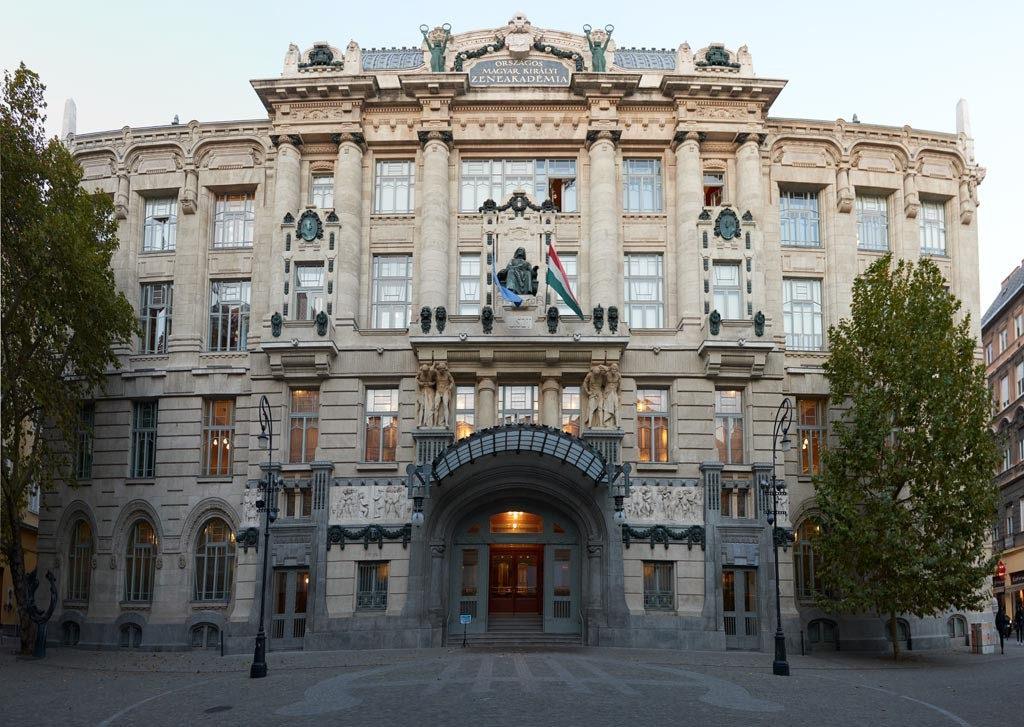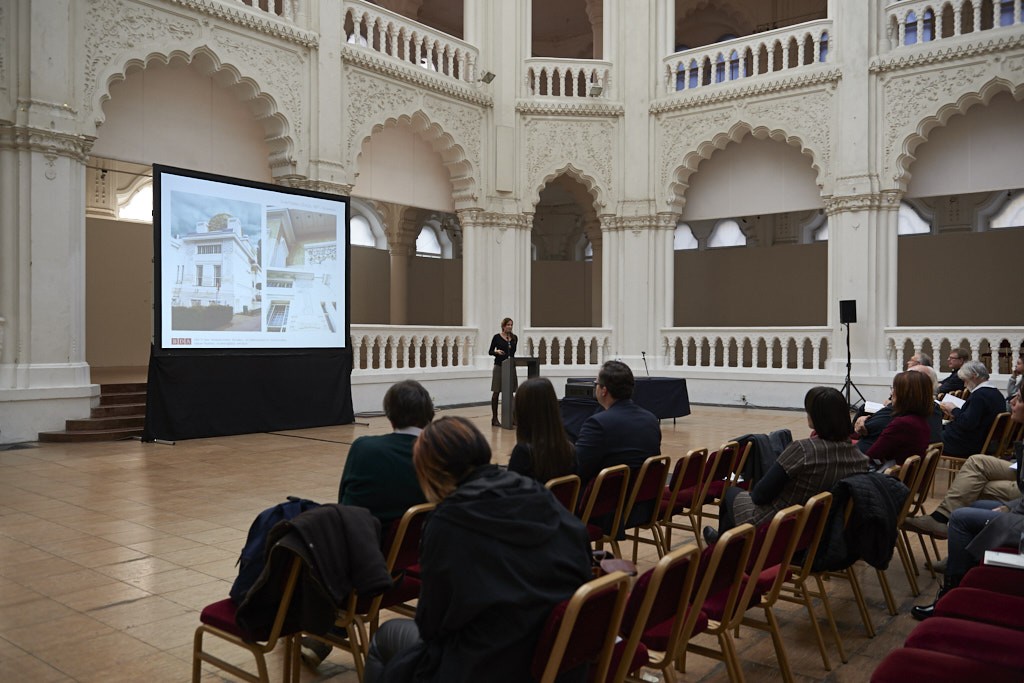ART NOUVEAU - Restoring regional Art Nouveau heritage
10-08-2021
The landmarks of the Art Nouveau style are generally revered as jewels of architecture, craftsmanship and art. The tourism potential this cultural heritage represents in the Danube regin is however underutilized. To change that, the Art Nouveau project aims to bring it the attention it deserves by transnational professional cooperation.
May 27, 2021
 Image: Art Nouveau
Image: Art Nouveau
Art Nouveau was an ornate architectural style that flourished across Europe in the 19th and beginning of the 20th century. Although it can be seen in urban landscapes throughout the Danube region, its tourism potential is not explored. Together, 10 partner organizations from 7 countries designed a series of interconnected cross-sectoral activities aimed at safeguarding and reviving this unique cultural heritage.
Restoring Art Nouveau
As the first step, the partners conducted research in the field of conservation and developed a strategy with policy recommendations for stakeholders interacting with Art Nouveau heritage in the fields of protection, management and promotion. Alongside the research, several trainings were organized for Slovenian, Bulgarian, Romanian, Croatian, Serbian, Austrian and Hungarian Art Nouveau professionals.
Besides, in 2017, the Museum of Applied Arts in Budapest held an international conference and workshop, the lectures from which were published in a book titled Restoring Art Nouveau: Architectural Decoration in the Danube Region. “Amongst [Art Nouveau] buildings, two stylistic trends can be distinguished. One uses geometrical shapes and draws on Viennese models; while the other is richer in floral ornamentations and motifs from local folk art. The first indicates the influence of Otto Wagner and his circle, the latter that of Ödön Lechner and his followers. The studies in this book represent both trends: Lechnerian Art Nouveau was most widespread in Subotica and Oradea and Wagnerian secessionism was more common in Maribor, Zagreb and Botosani,” explaines Gábor Nagy Papp, the editor of this 120-page volume.
To support further research and to promote the heritage, one of the most comprehensive digital databases dedicated to the Art Nouveau movement in Europe was launched. The Art Nouveau Danube Repository contains over 17,000 digital buildings and objects, searchable via interactvie georaphical map, and also by the title, author, place and description. Some also contain relevant articles and publications, photos of the interiors and 3D models of the buildings.
“The representatives of the participating institutions brought to light the parallel histories and lessons to be learned from the restoration of these [Art Nouveau] buildings with common artistic roots through case studies brought from their own countries.”
Gábor Nagy Papp
 Image: Art Nouveau
Image: Art Nouveau
What's next?
Thanks to established cooperation, the partners in the project were able to identify many challenges faced by the communities sharing the Art Nouveau cultural heritage in the region. Hence in continuation of the project, Art Nouveau 2 focuses to enhance its public appreciation and to help boost economic growth in the communities by attracting tourists to visit the landmarks. It also aims to further strengthen existing institutional framework for better management and protection of Art Nouveau architecture.
 Image: Art Nouveau project
Image: Art Nouveau project
